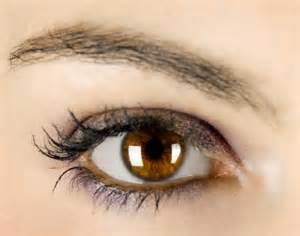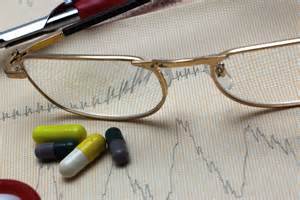You Can Heal Your Eyes!

The author of the book “The Handbook of Self-Healing” Meir Schneider states that we have all been trained to believe that our eyes – unlike most other parts of the body – can only change for the worse, and can never improve once they have begun to deteriorate. It is easy to think this way, because in fact the majority of people with vision problems just do tend to get worse. This, however, is only because they don’t know anything about how to improve their vision. No one can be blamed for this. Improving vision is a complex process, because vision itself is a complex process. Our eyes are linked with our bodies, our minds and our emotions. Our eyes act upon every aspect of ourselves. Meir Schneider says that it is possible to change poor vision to good vision, reverse the process of deterioration in the eyes, and completely reverse the effects of stress, overuse and other factors which contribute to poor eyesight.
Natural eyes healing have been known for thousands of years. The ancient societies of China, India and Tibet, for example, have included vision exercises as a regular part of their medical practice, as have various Native Americans cultures. They placed great emphasis on healthy diet, proper use of and care for the body, a balance of work, rest and exercises and a healthy state of mind, which de-emphasizes the use of drugs and medicines.
However, research in the eighteenth and nineteenth centuries seemed to point to the conclusion that vision problems could only be corrected in one of two ways: by the use of artificial lenses or, in some cases, by surgery. The idea that vision problems could never be fundamentally cured, only artificially alleviated, gained acceptance throughout Western countries.
In the twentieth century, however, this assumption was challenged by a brilliant American ophthalmologist named William Bates. Through his extensive research he developed a revolutionary approach to the improvement of vision. Dr. Bates observed how the clarity of vision changes, in the same person, from good to bad and back again, depending upon that person’s physical and emotional state. He observed the simple fact that vision is not a static condition but one which changes constantly. His studies show how vision defects can be created and/or worsened by the stress of daily life situation. He also proved that these problems can be corrected by conscious and correct visual behavior.











